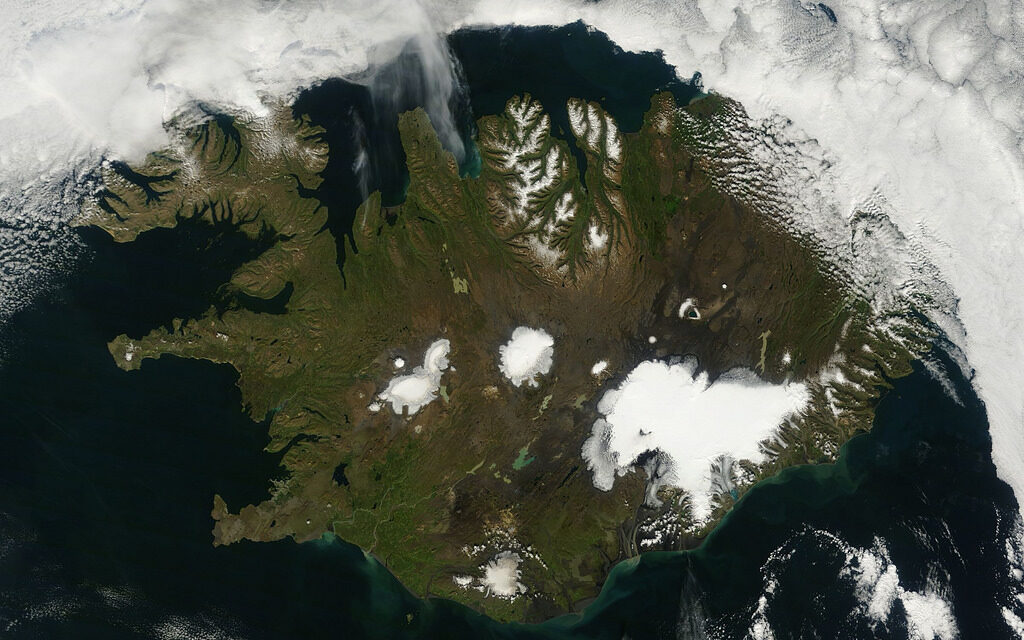New Scientist
Image: NASA Goddard Photo and Video
The plume of hot rock that sits beneath Iceland has long-reaching fingers – two of which stretch all the way to Scotland and Norway. This perhaps explains why the breathtaking scenery of areas such as the Scottish Highlands isn’t submerged beneath the waves.
Mantle plumes are like chimneys that transport hot, buoyant rock from deep inside Earth. When they break through to the surface, the volcanic activity they generate can fuel the formation of new islands, such as the Hawaiian archipelago. Iceland also owes its existence to a mantle plume – and seismic maps of Earth’s interior suggest that this plume doesn’t have the typical circular outline. “It’s far more irregular,” says Nicky White at the University of Cambridge.
In fact, it looks a bit like flower petals or a star shape on top of a chimney of rising hot rock (see diagram). But why or how that irregularity arises has remained a mystery until now. Read more on newscientist.com…








